
Introduction
“We know more about the movement of celestial bodies than about the soil underfoot.” ~ Leonardo DaVinci
Confused about what organic growing is really all about? You’re not alone! Here are some clear and consice definitions of commonly used and confused items. We’ll also introduce some fundemental concepts of organic cultivation.
Intro to Perfect Propagation
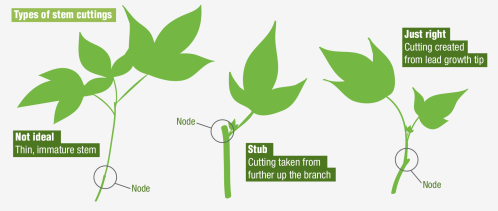
Common peat-based potting mix
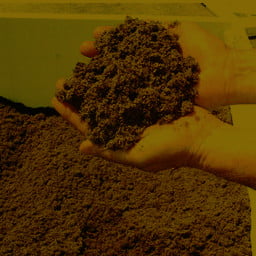
Sphagnum Peat Moss
Extracted from peat bogs, prolific in Canada and Northern Europe. The upper layers of living sphagnum moss are stripped off and the lower layers of partially decomposed moss are extracted. It is naturally acidic so dolomite lime is added to raise pH. It is low in plant nutrients, but holds water well and is consistent.
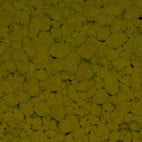
Perlite
A coarse, white substrate created by heating volcanic rock to the point at which it puffs with air, much like pop corn. It is used to improve the drainage and structure of peat- based potting soils, while improving the air filled porosity.
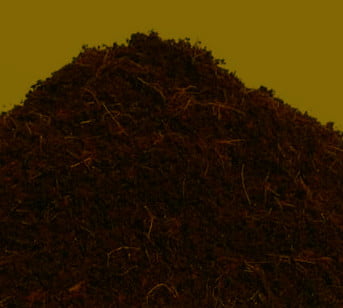
Coco Coir
Sustainably harvested from coconut husks, coco coir is the product of aged husk milled down to a fine pith. It can be used as a sole growing medium, but is also used to lighten / aerate peat-based potting mixes.
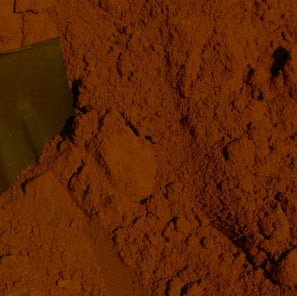
Loam
This ideal, outdoor agricultural soil is sometimes added to potting mixes to boost nutrient content and improve cation exchange (the ability of a growing medium to absorb and release nutrient elements). Loam is heavy so is not often added in large quantities.
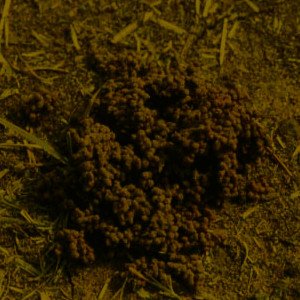
Worm Castings
Aka “worm manure” or “worm poop”, these are the nutrient rich product of earthworm activity. When worms eat good quality foods, they produce good quality “casts” that are highly active in beneficial biology. They also improve potting soil overall health and speed up nutrient cycling.
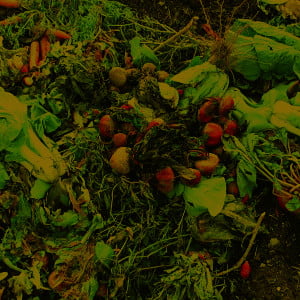
Composted Green Waste
Composted materials are renewable and are increasingly used as a component of potting mixes to improve structure,nutrient content, and biological activity. The source of composted green waste can vary greatly from municipal kitchen waste collections, to commercial gardens or parks trimmings.

Composted Bark / Other Woody Materials
The waste product of wood processing, bark, wood fibers and other carbon-rich materials provide resistance to compaction and help to improve water distribution and drainage. Woody material first needs to be partially composted to prevent nitrogen draw down.
Demystifying Dirt
Is there a Difference Between Regular Garden Dirt and Bags of Potting Mix?
Terms like “dirt” and “soil” are often misused by indoor growers. Very few, if any of us, actually use regular soil indoors. If you took a spade to the best agricultural field and used its soil to fill your pots, would you achieve good results? The answer is most probably no. To understand why, we first need to appreciate the difference between soil / dirt outdoors and potting mix.
The soil / dirt you find outdoors is a complex mix of deposits naturally formed over millions of years—particles of rocks and minerals, and organic matter (plant and animal remains) down to the tiniest, micro organisms collectively referred to as soil biology. These constituents combine to create a soil structure that holds water and provides air spaces in a particular way. Soil differs hugely from place to place mainly due to the varying ratios of clay, sand, silt, and organic matter.

The best soil is commonly classified as “loam”—roughly 35% sand, 35% silt, 20% clay—a good ratio for holding water and nutrients with adequate drainage. The final part of the puzzle is organic matter which should make up 5-10%. So, if this works in the field, why not in pots? The big difference is volume. Plants in containers are … contained! Regular, outdoor soil / dirt will compact and hold water and air poorly if potted. It’s very doubtful that such a small volume of soil will contain enough air, water, and nutrients for optimal plant growth.
So what’s inside these bags of “potting mix” sold in grow stores? It looks brown and dirt-like! If it isn’t “soil” or “dirt” then what is it? Most commonly, it’s a peat-based mix. Sphagnum peat moss and perlite are mixed with various other additions of materials. Compared to real soil, these mixes are lightweight, easy to handle and manage, and have superior air and water holding properties.
Adding Biology
Organic nutrients straight out of the bottle, box, or bag are carbon-based and, as such, are mostly in a form that’s unavailable to your plants—they need to be broken down by living biology (beneficial bacteria, fungi, protozoa, and nematodes).
Growers typically create this “biology” by brewing compost tea. This is a simple process where composted organic matter and other inoculants are added to distilled water and a food source, such as molas – ses. Air is bubbled into the mixture for 24 to 72 hours allowing bacteria and fungi to multiply and develop. The resulting ‘brew’ is then diluted and fed to plants as a root drench or foliar spray.

